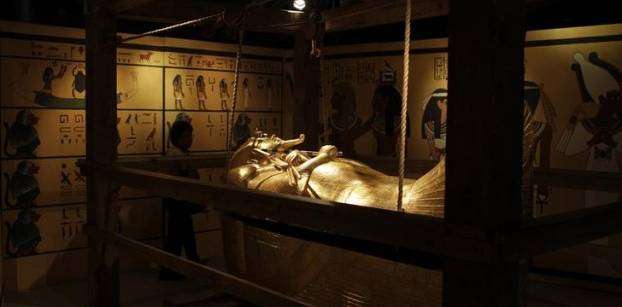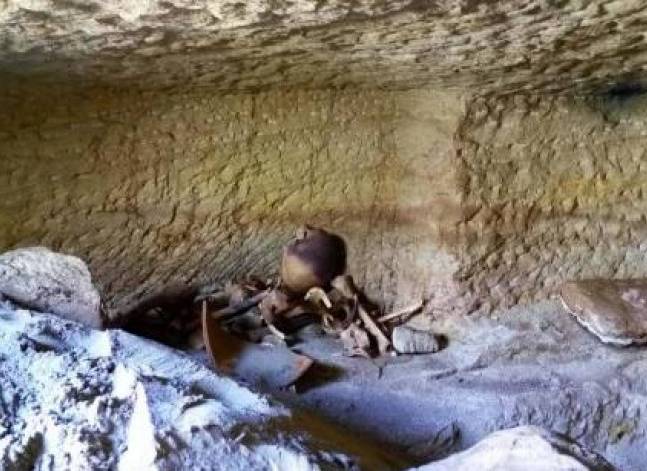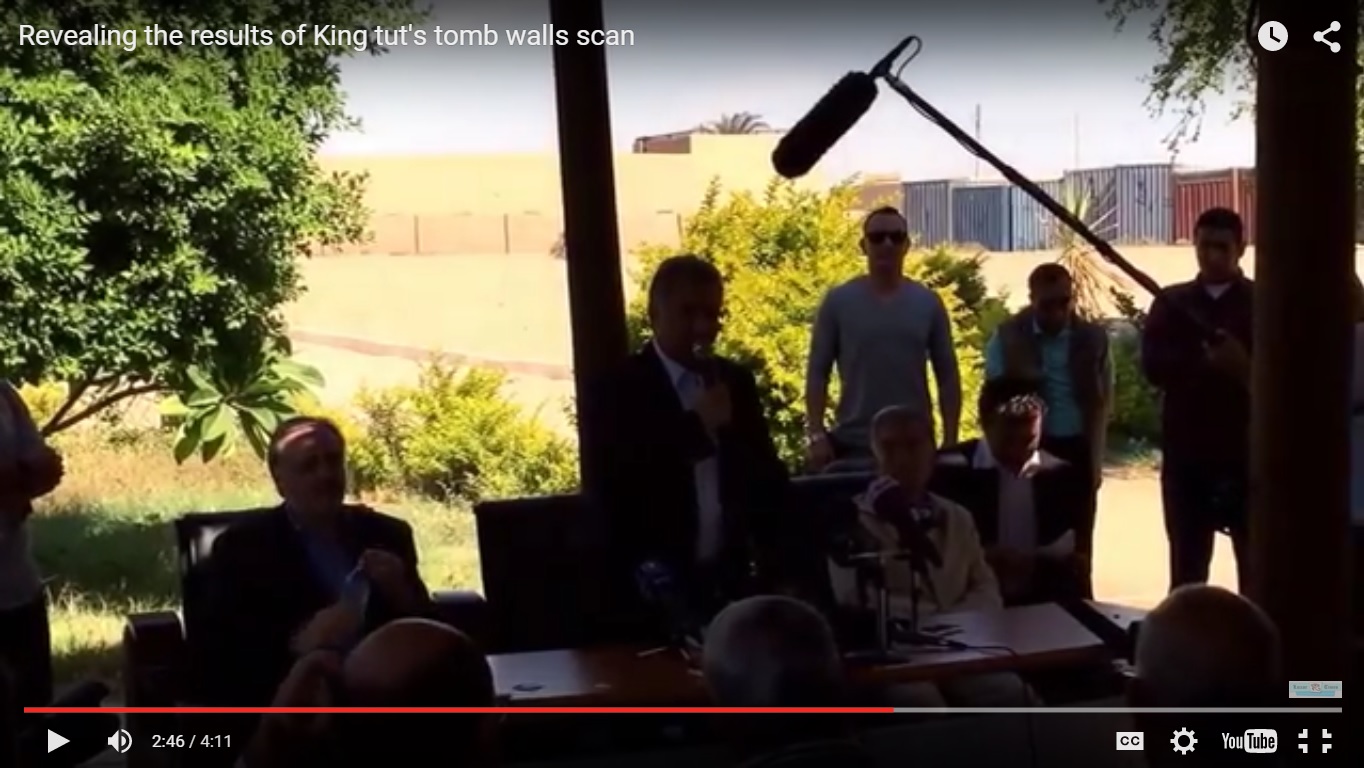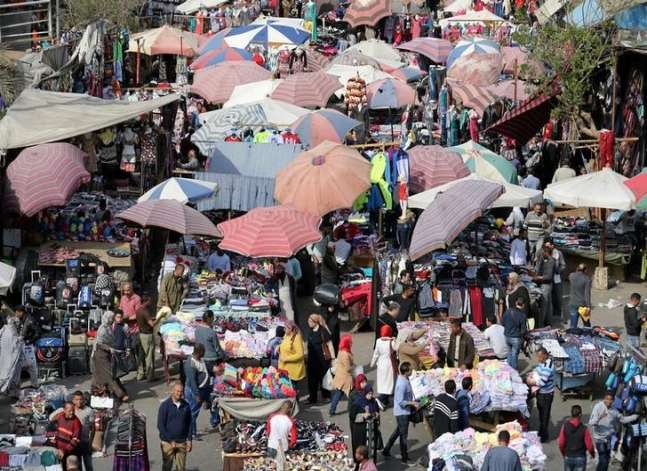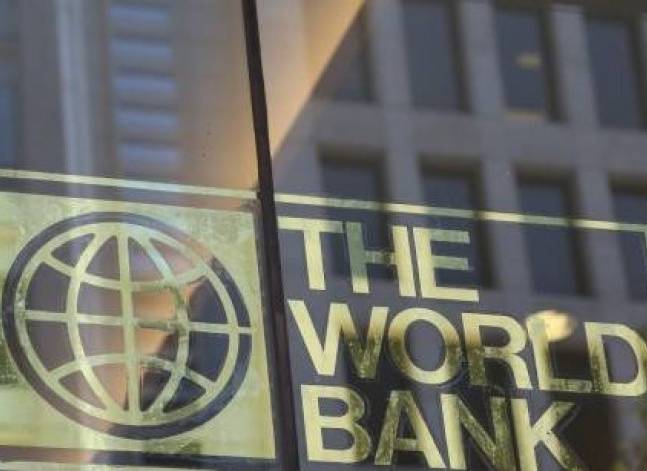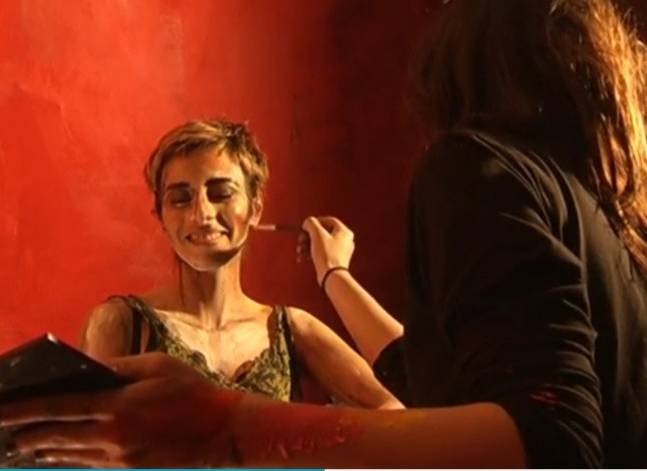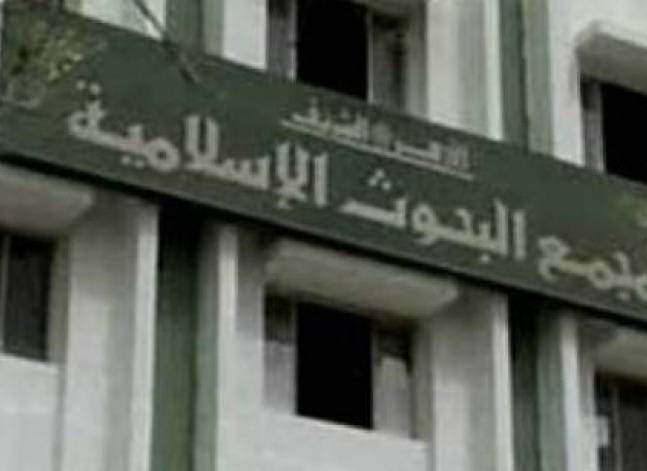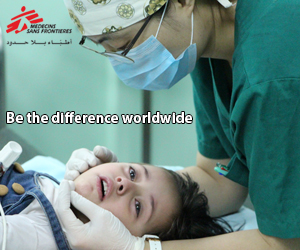Latest NEWS
- Aswat Masriya, the last word
- Roundup of Egypt's press headlines on March 15, 2017
- Roundup of Egypt's press headlines on March 14, 2017
- Former Egyptian President Hosni Mubarak to be released: lawyer
- Roundup of Egypt's press headlines on March 13, 2017
- Egypt's capital set to grow by half a million in 2017
- Egypt's wheat reserves to double with start of harvest -supply min
- Roundup of Egypt's press headlines on March 12, 2017
U.S. to help Egypt restore hundreds of pharaonic era coffins
CAIRO (Reuters) - Egypt will restore hundreds of coffins dating back thousands of years to the time of the pharaohs as part of a joint American-Egyptian project to document and preserve one of the world's oldest civilizations, a director of the project said on Tuesday.
The conservation effort, funded by a United States grant, will restore over 600 wooden coffins that date to various eras of ancient Egypt and which are currently being stored at the Egyptian Museum in Cairo.
"There has been no other project like this worldwide with this number of coffins being documented or restored," said head of the museum's restoration department Moemen Othman.
Egypt was awarded the conservation grant, worth $130,000, in December 2015.
That project is part of a larger U.S.-Egypt treaty signed in 2016 to curtail illicit trafficking of the country's rich cultural heritage.
Antiquities theft flourished in Egypt in the chaotic years that immediately followed its 2011 uprising, with an indeterminate amount of heritage stolen from museums, mosques, storage facilities, and illegal excavations.
Global interest in Egypt's pharaonic era remains high. The hunt for the resting place of the lost Queen Nefertiti grabbed international headlines in 2015, though the search has yet to bear fruit.
The gilded ancient relics and resting sites of the pharaohs were once the cornerstone of a thriving tourism sector, a vital source of foreign currency that has suffered near endless setbacks since the uprising that toppled autocrat Hosni Mubarak in 2011.
The Ambassador's Fund for Cultural Preservation, a United States program founded at the turn of the century, has been responsible for the conservation and restoration of countless ancient sites, museums, and artifacts around the world.
The fund previously helped Egypt conserve a mausoleum in historic Cairo and an ancient temple in Upper Egypt.
"One of the main goals of the project is to ensure that the (Egyptian) museum has a full inventory of the objects and understands their conservation needs, so that the coffins can be made available for research by scholars but also for the public," Ambassador's Fund for Cultural Preservation Program Director Martin Perschler said.
"It means that in the long run more people here in Egypt and people from around the world will have the opportunity to discover and appreciate the full range of heritage and of history within this single collection of coffins," he said.

